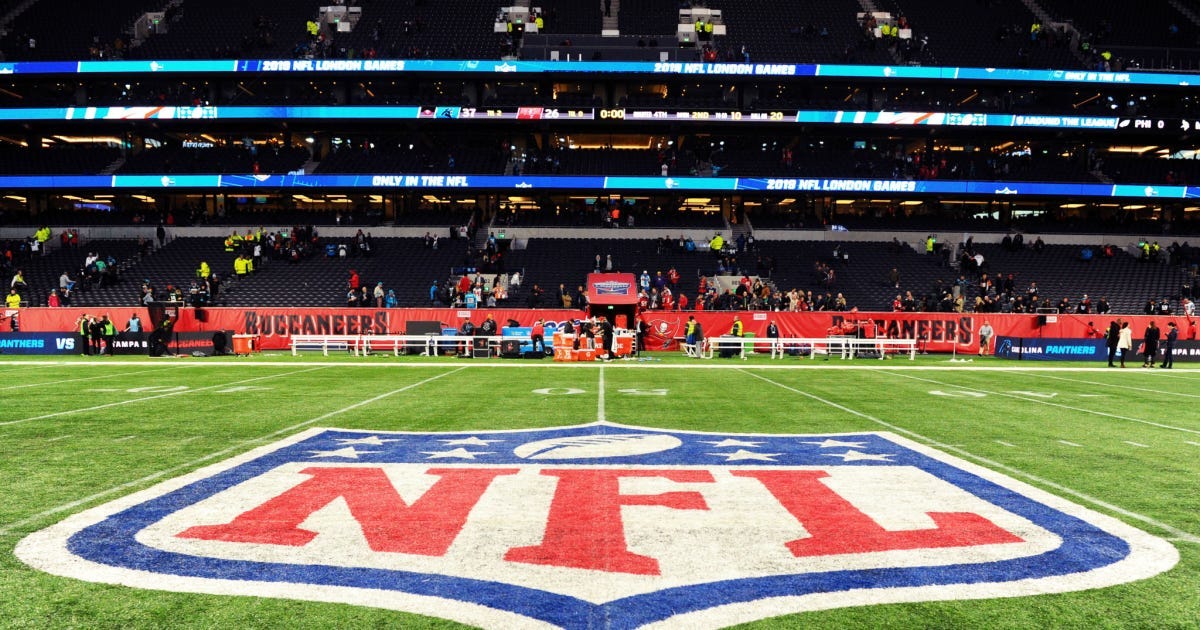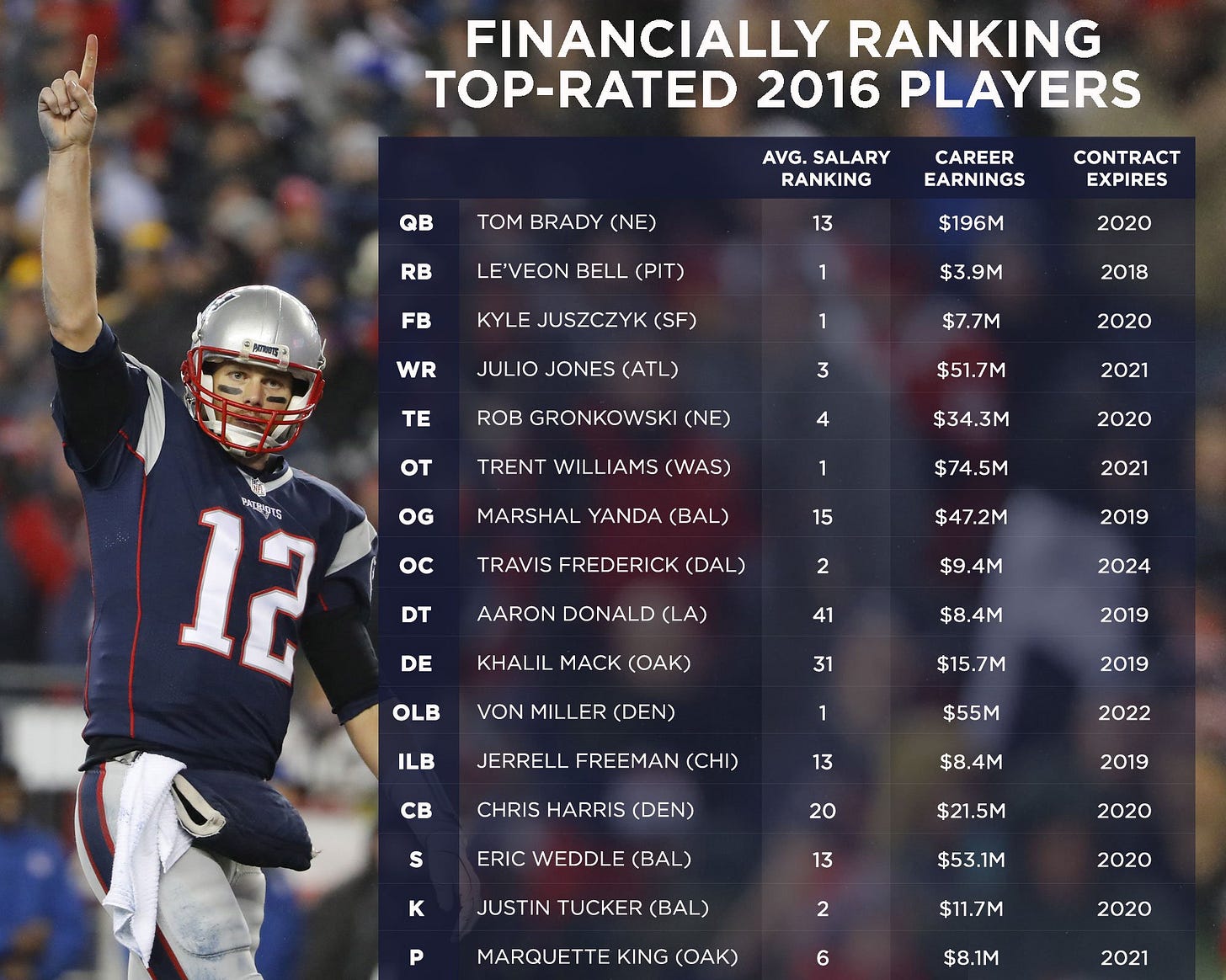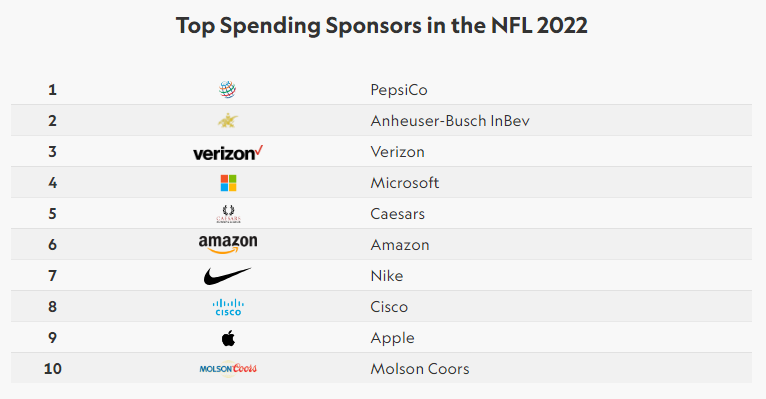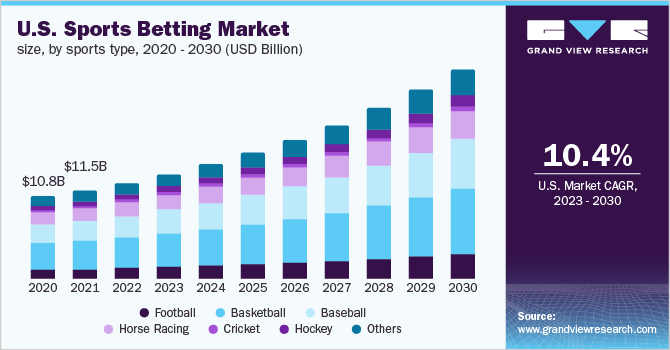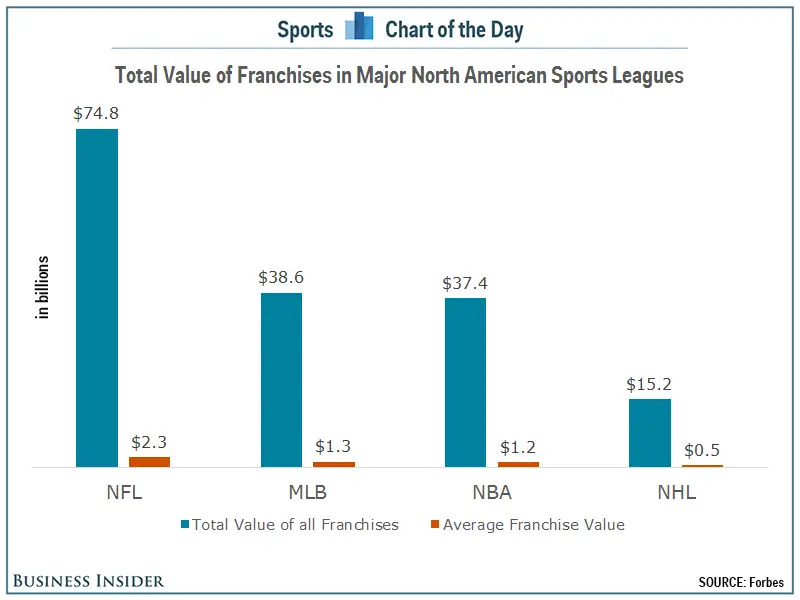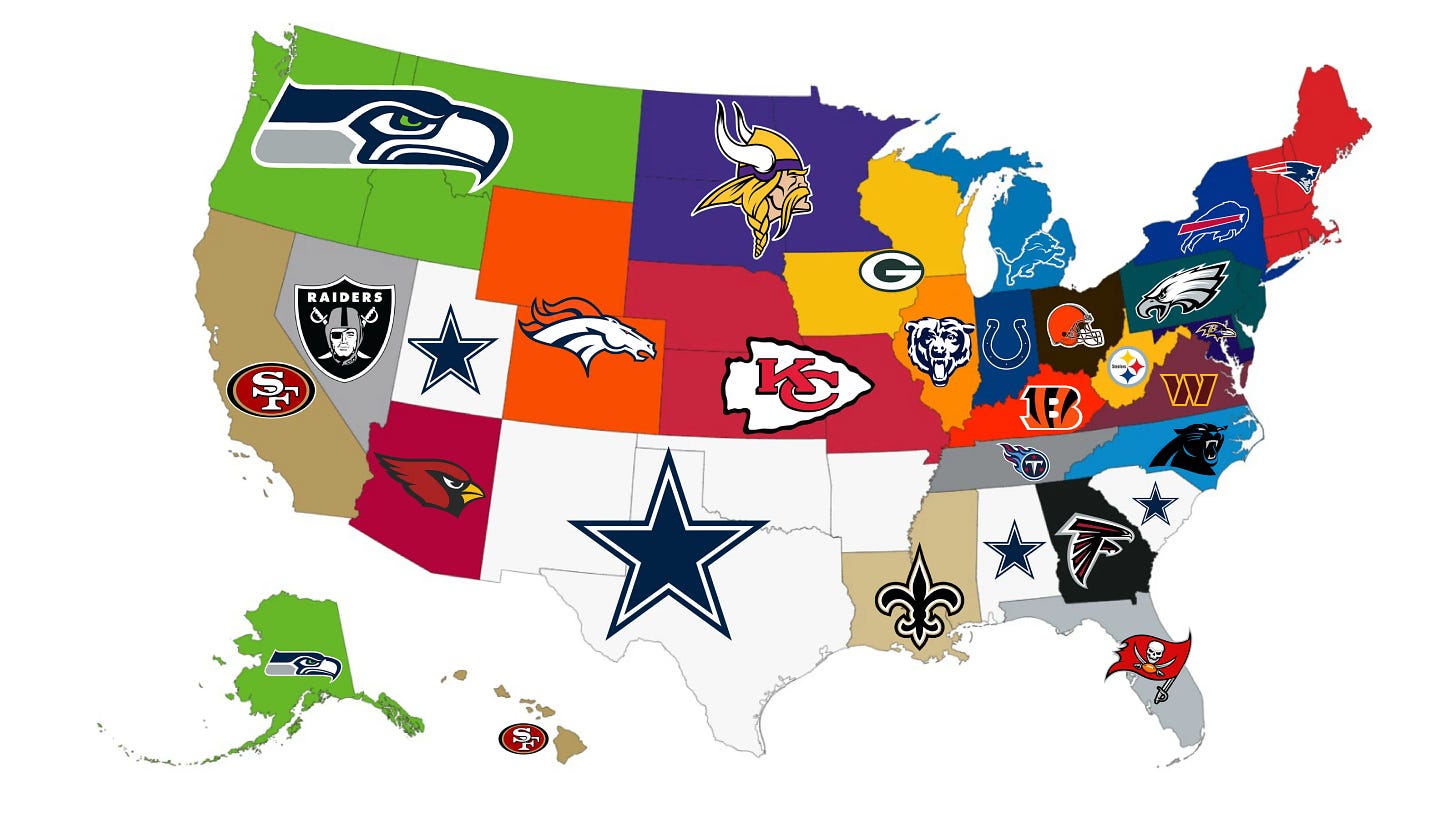The Economics Behind the NFL: Unraveling the Business of America's Most Popular Sport
🏈💰Discover the hidden world of money, contracts, and revenues that drive the NFL, revealing the financial powerhouse behind the game.
Welcome! Sit back, sip ☕, and enjoy. Follow me on Twitter (@Business_uub) for insightful content & news 📰. Subscribe for 1 valuable article every 2 days. Happy exploring! 🔥
Summary:
Introduction: The NFL's Multibillion-Dollar Empire
Revenue Streams: Broadcasting Rights, Ticket Sales, and Merchandise
Team Valuations: The Lucrative Business of Owning an NFL Franchise
Players' Salaries: From Rookies to Superstars
Sponsorships and Advertising: Marketing Powerhouse of the NFL
Stadium Economics: The Financial Implications of Stadium Construction and Renovation
Economic Impact: How the NFL Benefits Local Economies
Fantasy Football and Gambling: A Billion-Dollar Industry Within the NFL
Labor Relations and Collective Bargaining Agreement: Balancing the Economics of the League
Challenges and Opportunities: Evolving Landscape and Future Outlook
Conclusion
Introduction
The 🏈 NFL's Multibillion-Dollar Empire The National Football League (NFL) stands as an economic behemoth, boasting a multibillion-dollar empire 💼 that extends far beyond the gridiron. From packed stadiums to massive TV audiences, the NFL commands the attention of fans, advertisers, and investors alike. Let's take a deep dive into the economic 💰 intricacies that underpin the league's success.
Src: LA Times
Revenue Streams
Broadcasting Rights: 📺 Broadcasting rights are a cornerstone of the NFL's revenue streams, accounting for a significant portion of its income. Networks fiercely compete for the privilege of airing NFL games, with multi-billion dollar contracts up for grabs.
The NFL generates about $10 billion in domestic broadcast revenue each year. This number alone is impressive, but keeping in mind that the American league consists of just over 270 games per season, it's even more monumental.
Src: Worldsoccertalk
Ticket Sales: 🎟️ Ticket sales also contribute substantially to the league's coffers, with fans eagerly filling stadiums week after week to witness the action live. The excitement and atmosphere of attending an NFL game in person are highly valued by fans.
The NFL is one of the most popular sports leagues in North America, and ticket sales are a major source of revenue for teams. In 2020, NFL ticket sales generated around $1.09 billion in revenue, with an average price per ticket at $102.35.
Src: Gitnux
Sponsorships: 🤝 Sponsorships play a crucial role in the NFL's revenue ecosystem, with brands vying for the opportunity to align themselves with the league's popularity and reach. From high-profile partnerships with major corporations to local endorsements by players, sponsorships provide a significant financial boost to the NFL and its teams.
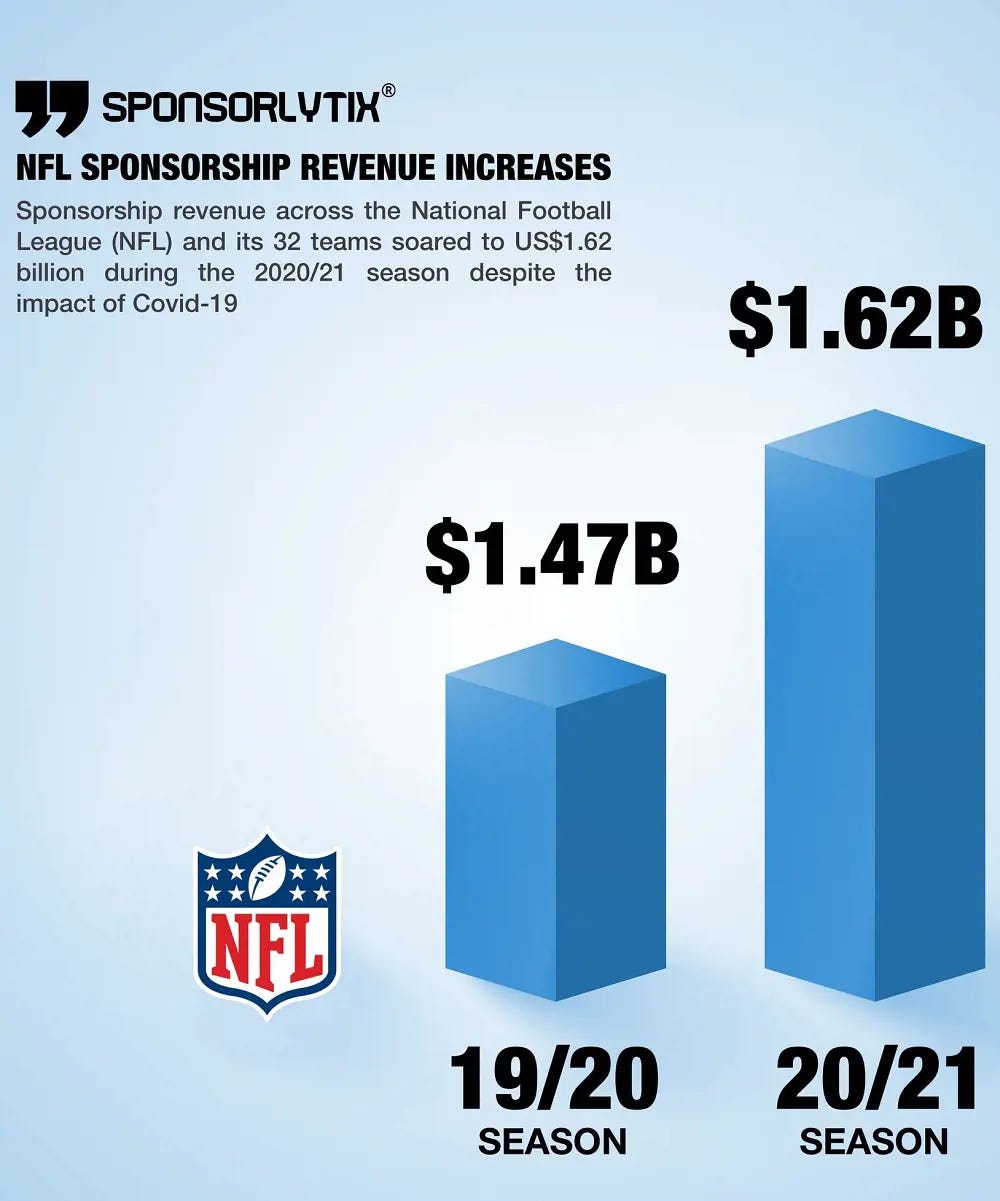
Sponsorlytix released the sponsorship revenue of the 2020 and 2021 season of the National Football League( Source : twitter ) Merchandise Sales: 🛍️ Merchandise sales play a vital role in generating revenue for the NFL and its teams. From jerseys and hats to memorabilia, the passion of devoted fans translates into substantial financial returns through the sale of official NFL merchandise.
As a merchandising powerhouse, the NFL sells more than $4 billion in merchandise each year.
Src: teambisonandbird
Team Valuations
The Lucrative Business of Owning an NFL Franchise Owning an NFL franchise is a dream for many, and it's not just for the love of the game. 💼 NFL teams are highly valuable assets, with soaring valuations in recent years. From the Dallas Cowboys to the New England Patriots, franchises are coveted investments, often generating significant returns for their owners.
Src: Visual Capitalist
Players' Salaries
From Rookies to Superstars 💸 Player salaries in the NFL can reach astronomical figures, with superstars commanding massive contracts. From the hefty rookie contracts for top draft picks to the lucrative extensions for established players, the NFL operates on a "pay to play" system. However, not all players earn millions, as the league minimums and salary structures vary based on experience and position.
When searching for the average salary of an NFL player, the amount you will typically come across is over $2 million per year. (as.com)
Src: Twitter
Sponsorships and Advertising
Marketing Powerhouse of the NFL 🤝 Sponsorships and advertising form a crucial part of the NFL's revenue ecosystem. Brands vie for the opportunity to align themselves with the league's popularity and reach. From high-profile partnerships with major corporations to local endorsements by players, the NFL offers a powerful platform for marketing and brand exposure.
Src: Sportico
Stadium Economics
The Financial Implications of Stadium Construction and Renovation 🏟️ The construction and renovation of stadiums have significant financial implications for both the NFL and the host cities. Funding these projects often involves complex public-private partnerships and debates over taxpayer dollars. The allure of state-of-the-art facilities, increased seating capacity, and enhanced fan experiences drives the continuous evolution of NFL stadiums.

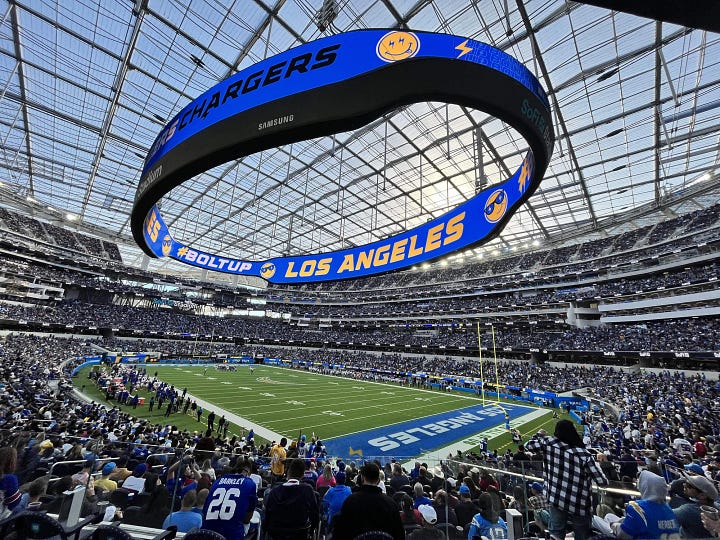
Src: Sport & Société & dot.LA
Economic Impact
How the NFL Benefits Local Economies The presence of an NFL team can have a profound economic impact on local communities. 🏙️ From job creation and increased tourism to a boost in local businesses and tax revenue, hosting an NFL franchise brings a range of benefits. However, the true magnitude of this impact can vary depending on factors such as market size and the team's success.
According to the NFL and its associated organizing associations, host cities earn between $300 to $500 million from the Super Bowl. Conversely, in 2019, Victor Matheson, an economist and writer for the Journal of Sports Economics, estimated that the big game only brings in around $30 million to $130 million.
Src: Sportskeeda
Fantasy Football and Gambling
A Billion-Dollar Industry Within the NFL 💰 Fantasy football and gambling have become intertwined with the NFL, creating a billion-dollar industry of their own. From fantasy leagues that engage fans and enhance viewership to sports betting that adds an extra layer of excitement, these activities have a significant financial impact on the league and its partners.
Src: Grand View Research
Labor Relations and Collective Bargaining Agreement
Balancing the Economics of the League The NFL's labor relations and collective bargaining agreement (CBA) play a crucial role in maintaining the league's economic stability. ⚖️ Negotiations between players' unions and team owners determine key financial aspects such as salary caps, revenue sharing, and player benefits. Striking the right balance is vital to ensure the league's continued success.
As per the league's Collective Bargaining Agreement established in March 2020, NFL players' minimum salary measured up to $660,000 in the 2021 season, which went up from $610,000 in 2020. The minimum salary is slated to rise to $750,000 in 2023.
Src: as.com
Challenges and Opportunities
Evolving Landscape and Future Outlook The NFL faces a myriad of challenges and opportunities in an ever-evolving landscape. From addressing player safety concerns and adapting to changing media consumption habits 💼 to expanding the international market and embracing emerging technologies, the league must navigate a complex web of factors to sustain its position as the premier💰 American sports league.
Src: Business Insider
Conclusion
In conclusion, the NFL stands as an economic powerhouse, captivating audiences and driving massive revenue streams. From broadcasting rights and ticket sales to player salaries and sponsorships, the league thrives on a complex web of financial dynamics. The 🏈 NFL's impact extends beyond the game, benefiting local economies and fueling billion-dollar industries such as fantasy football and gambling. While facing challenges and embracing opportunities, the league continues to evolve, ensuring its enduring success. 💰
Src: USA Today
What aspect of the NFL's economic landscape surprises you the most?
Share your thoughts in the comments below!
📰👀💰 Thank you for reading about the economics behind the NFL! Stay informed with our free newsletter for daily insights on finance and economics. Don't forget to like and share to spread the knowledge! 😃👍
Disclaimer: Please note that I am not a financial advisor and the information provided is my personal opinion, and should not be taken as professional financial advice.






